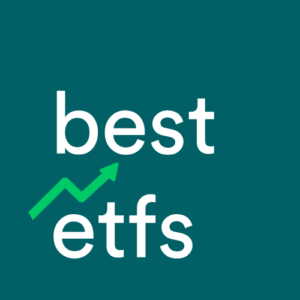Now could be the right time to take a look at the SPDR S&P/ASX 200 Listed Property Fund ETF (ASX: SLF) and Vaneck Australian Resources ETF (ASX: MVR). Using our internal quantitative analysis, these ETFs seem to offer strong exposure to the Australian shares sector.
Here’s how we think about the SLF and MVR ETFs
The SLF ETF by SPDR invests in shares/securities of listed real estate investment trusts (REITs). Investors can use these property-focused ETFs to get exposure to a broad basket of trusts and companies exposed to property, including office spaces, commercial rental spaces and construction projects.
The VanEck MVR ETF provides focused exposure to the Australian resources sector, which is a significant part of the Australian economy. This is a low-cost way to invest in the Australian resources industry through a single fund.
Get our team’s SLF ETF review, available free when you click this link: access the free investment report.
To make this article easier to digest, we’ll just study the fees or ‘management expense ratio’ (MER). Using data for December 2020, the SLF ETF has an MER of 0.40% while the MVR ETF had a yearly fee of 0.35%. So, MVR wins on this metric. Keep in mind, a more insightful metric to know is the fee quartiles that these ETFs find themselves in (note: quartile 1 is best). Meaning, we take all the Australian shares ETFs in our database and put them into 4 quartiles, based on their fees. For example, any ETF which has a fee below 0.3% would be considered in our first (best) quartile.
Track record
Let’s look at the past results. Keep in mind, performance isn’t everything — and past performance is not indicative of future performance. It’s just one part of a much bigger picture. The reason we say performance is not everything is because of volatility of financial markets and the economy from one year to the next. Some ETFs and funds can put in a strong return one year just to generate weak returns the next time around. That’s why we prefer three-year or seven-year track records over one-year track records. It can smooth out the temporary performances caused by external factors. Both ETFs have achieved our three-year performance hurdle. As of December 2020, the SLF ETF had an average annual return of 5.49%. During the same time, the MVR ETF returned 11.09%.
In summary
To keep reading about these two ETFs, be sure to visit our free SLF ETF report or MVR ETF review.
For us, the MVR ETF rates more effectively against our internal scoring methodology, but only just.
We hope this article helped you analyse ETFs. Don’t forget, there’s a lot more to investing well than what we just outlined (risks, diversification, other potentially better ETFs, etc.). Our analyst team at Rask Australia spends months looking at new ASX investments (it’s our day job!). To make your life easier, you can get the name of our team’s top ETF pick for 2021 in a free report. Keep reading to find out how to get our analyst’s report emailed to you right now…





